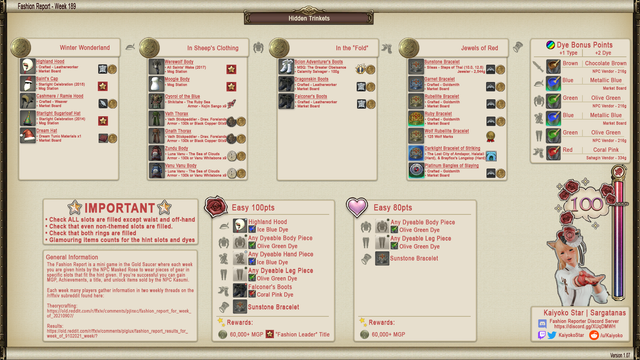When it comes to setting prices for wholesale and retail, there are a number of factors to consider. A business cannot just set prices of things to sell wholesale or retail on a whim. Careful planning must be done so that your store will have steady and sufficient growth. Whether you have a wholesale or retail business, you need to consider strategies to make the right pricing decision.
Product Flow of Wholesale vs Retail
First, you should understand the difference in the product movement between wholesale and retail. For the wholesale business, this entails moving the product from the manufacturing side to the distribution side. For the retail business, the movement of product is from its acquisition to final distribution to customers.
Wholesale Pricing
Wholesalers earn by setting the price higher than the manufacturing cost as well as the delivery and inventory costs. The things to sell wholesale may vary with cost considerations but these three mostly affect the pricing.
Retail Pricing
Retailers differ from wholesalers because they consider the ability and feedback of the customer with regard to the customer. They cannot set the price too high or too low. Setting the price too high can sway customers to buy the competitors’ products. Making the prices too low can leave the retailers functioning at a financial loss.
How to Calculate Price
Do your research
Your starting point is the average product cost in the market. Determine the segment that you are in. Are you a contemporary brand? Do people buy because of the popularity and quality of the brand?
Identify your niche and look at your competitors’ prices. This information will help you have a grasp on the prices that you can set for your products.
Compute the costs of goods manufactured
The cost of goods manufactured is the total cost of the products including their manufacturing and distribution costs. This includes the shipment, inventory, and handling. This also goes the same for retailers. The bulk of the price consideration goes to delivery and inventory.
The average pricing point should be higher than your wholesale or retailing operations cost per product. If your business banks on low prices, you should learn how to compute for your break-even point. This number is the price that you can set for your products without incurring a loss per item.
How to Price Wholesale or Retail
The two methods that you can use to price wholesale and retail items are absorption pricing and differentiated pricing methods.
Absorption pricing is a kind of wholesale pricing method that includes all the costs associated with the business. The fixed and profit margins are computed. This method is called such because it absorbs all the costs incurred throughout the whole process.
Differentiated pricing computes the price of a product based on the return of investment as well as its demand. This means that products are priced higher during their seasonal demand. Wholesalers and retailers can also price the product lower during the off-season.
Manufacturer’s Suggested Retail Price
The manufacturer suggests the retail price for their products. This price should also be considered so that customers or partners will not feel that they are being undercut by your pricing. Whether you are selling wholesale or retail products, you should consider the SRP as the basis for the pricing of your goods.
Conclusion
Getting enough revenue for your business entails knowing the right prices for products, whether these are things to sell wholesale or items to sell retail. It is good to find that sweet spot of having a profit but, at the same time, being competitive in the industry that you choose. Learn to adjust and set the price accordingly based on current trends and the market.




